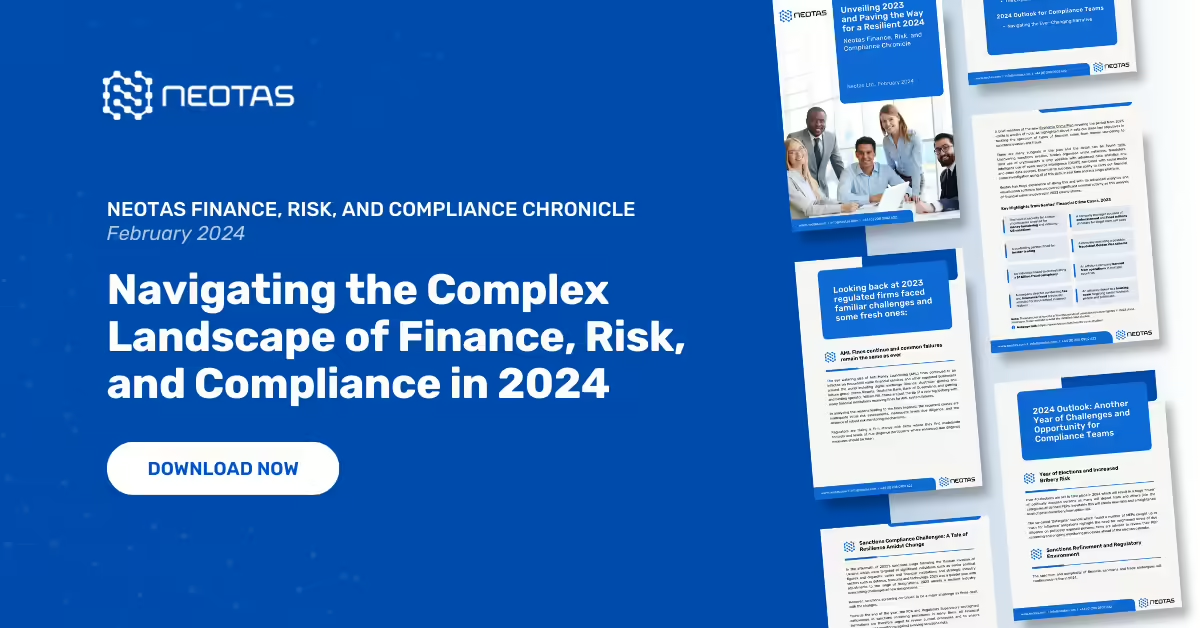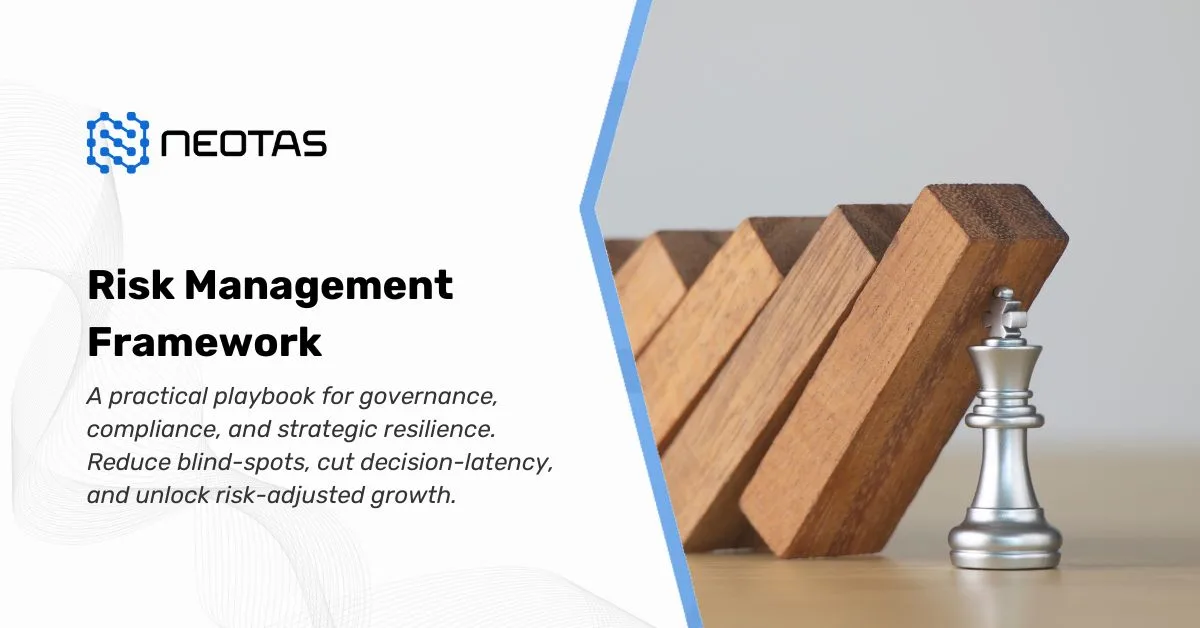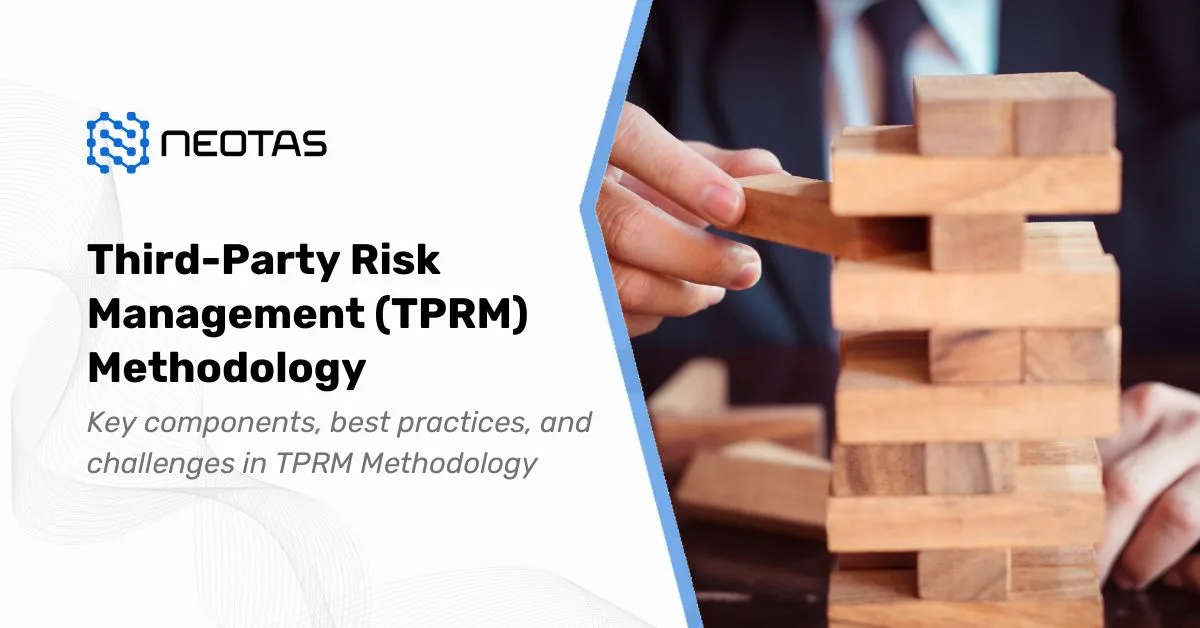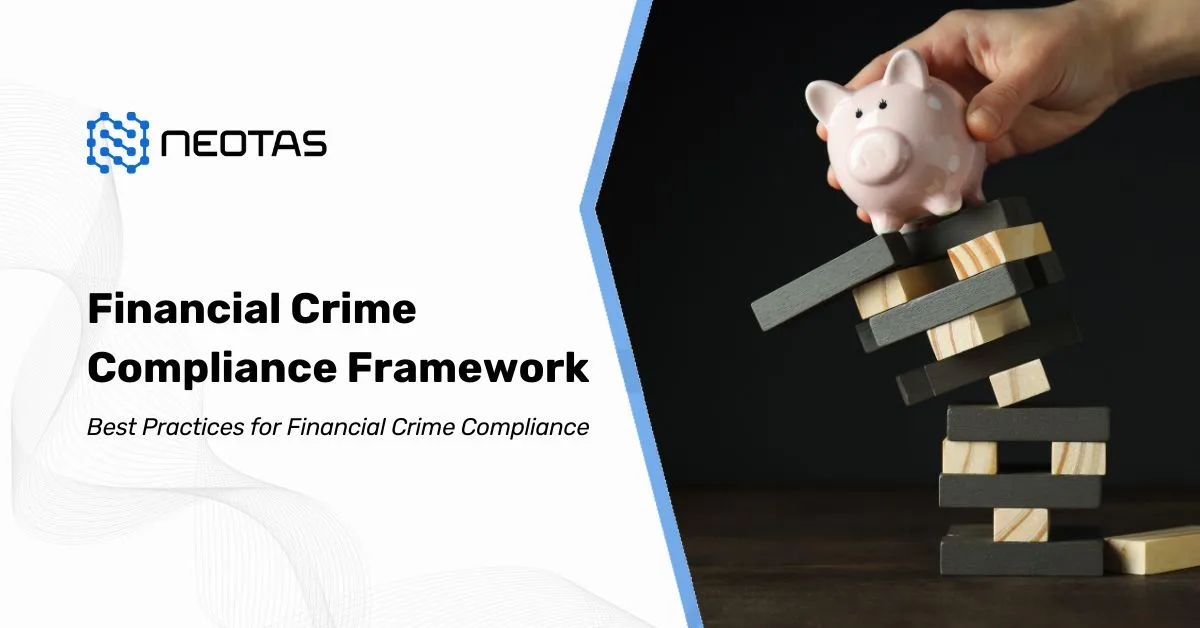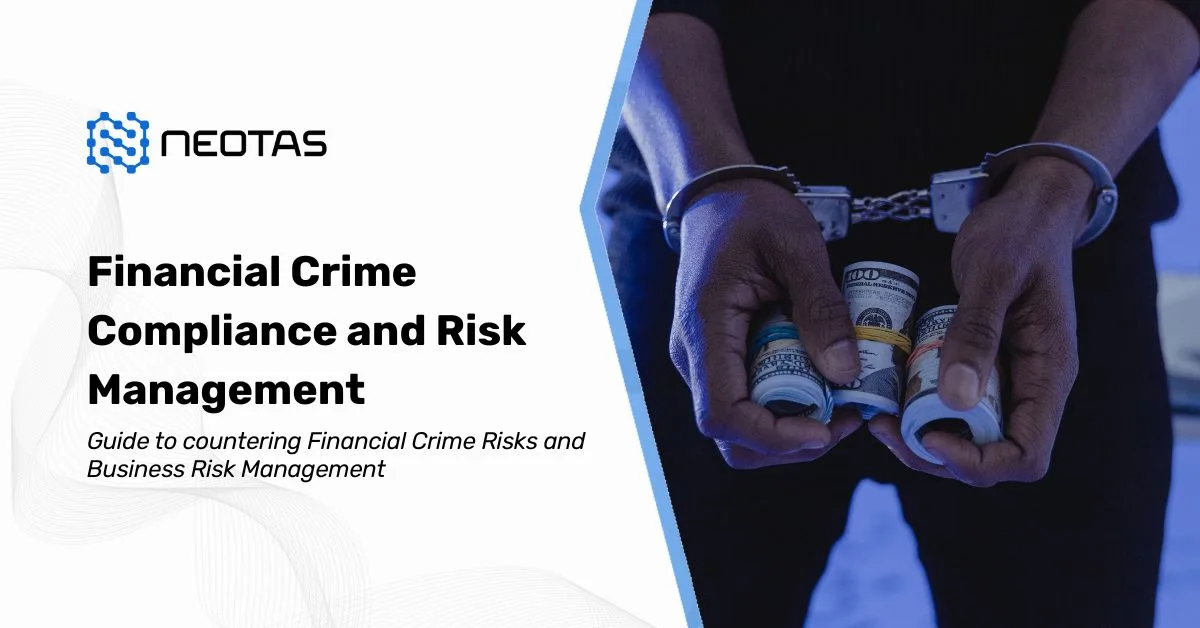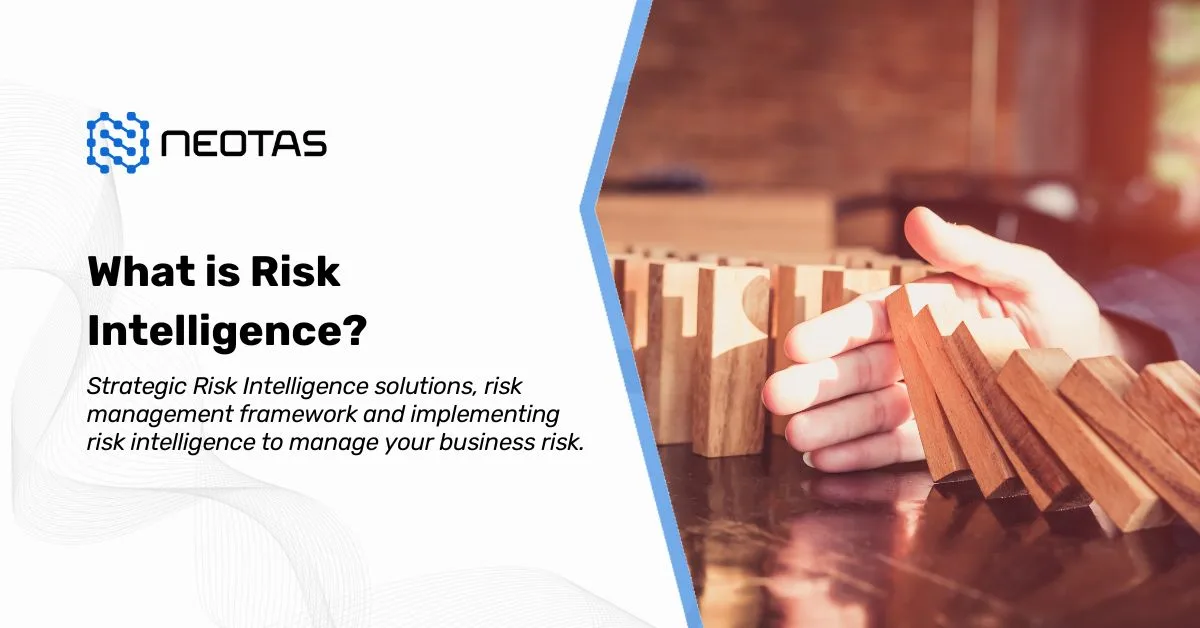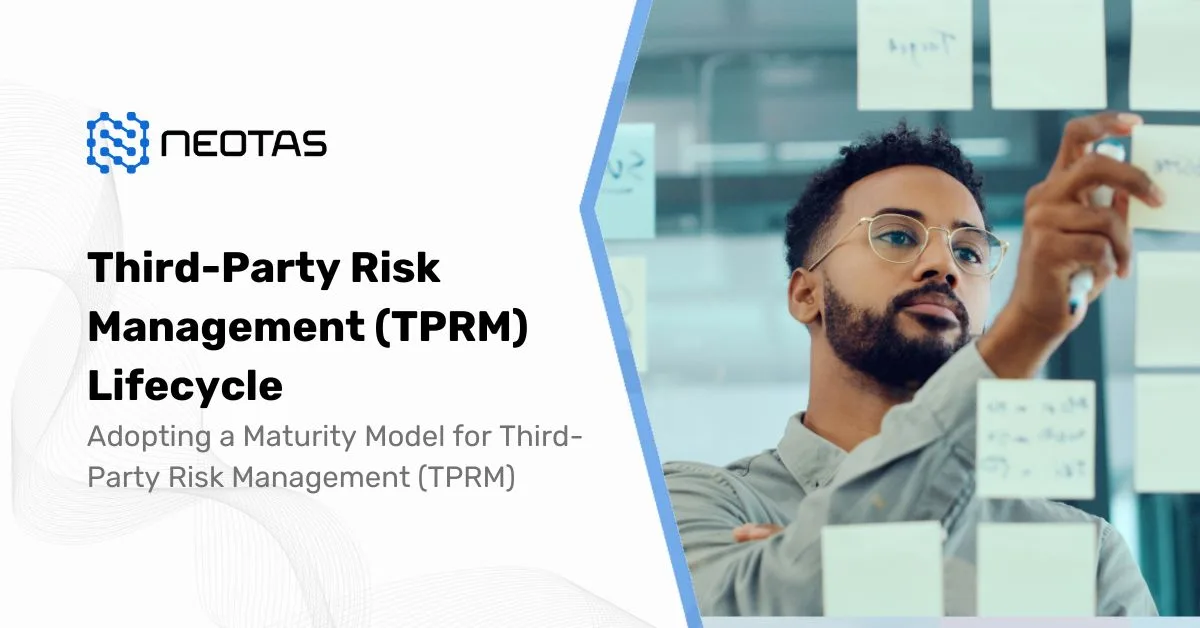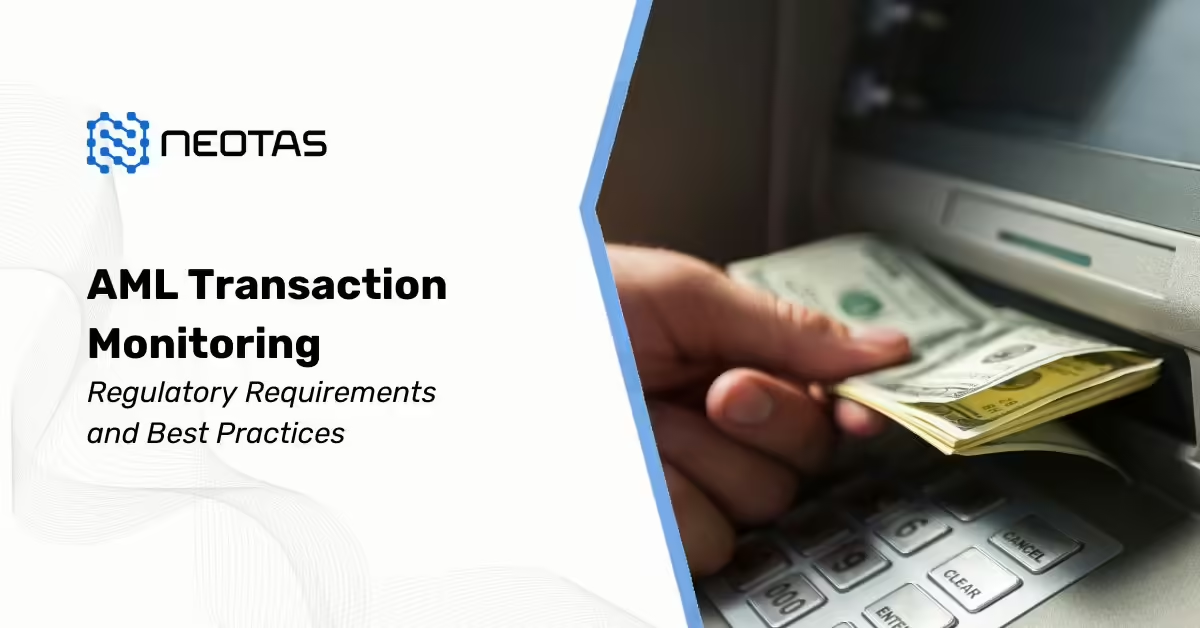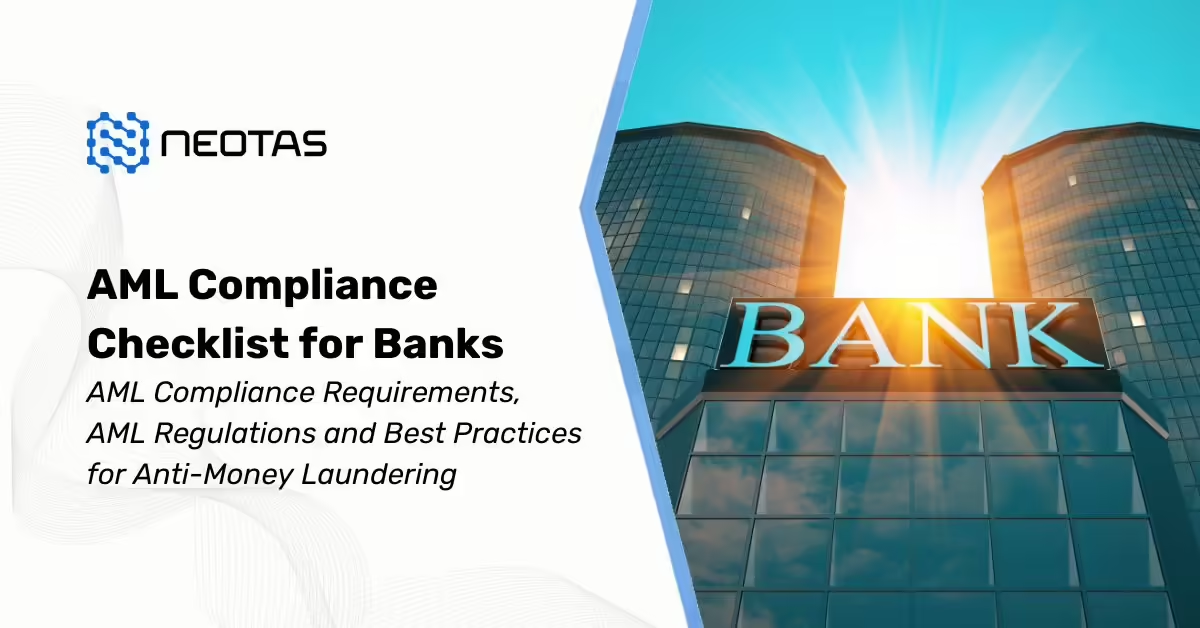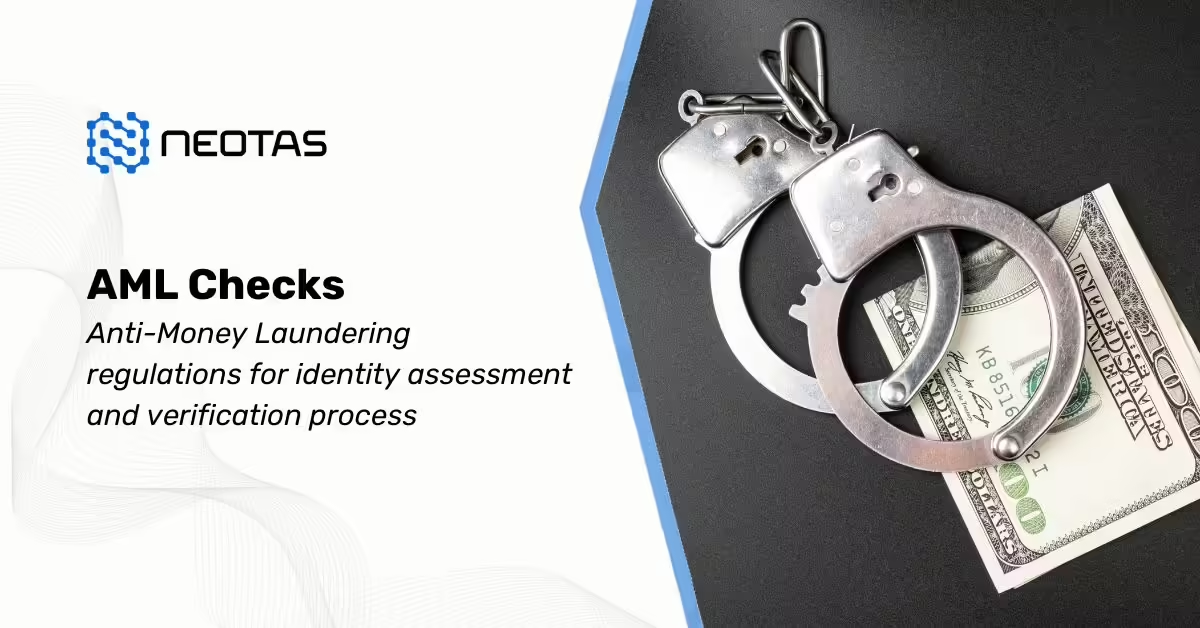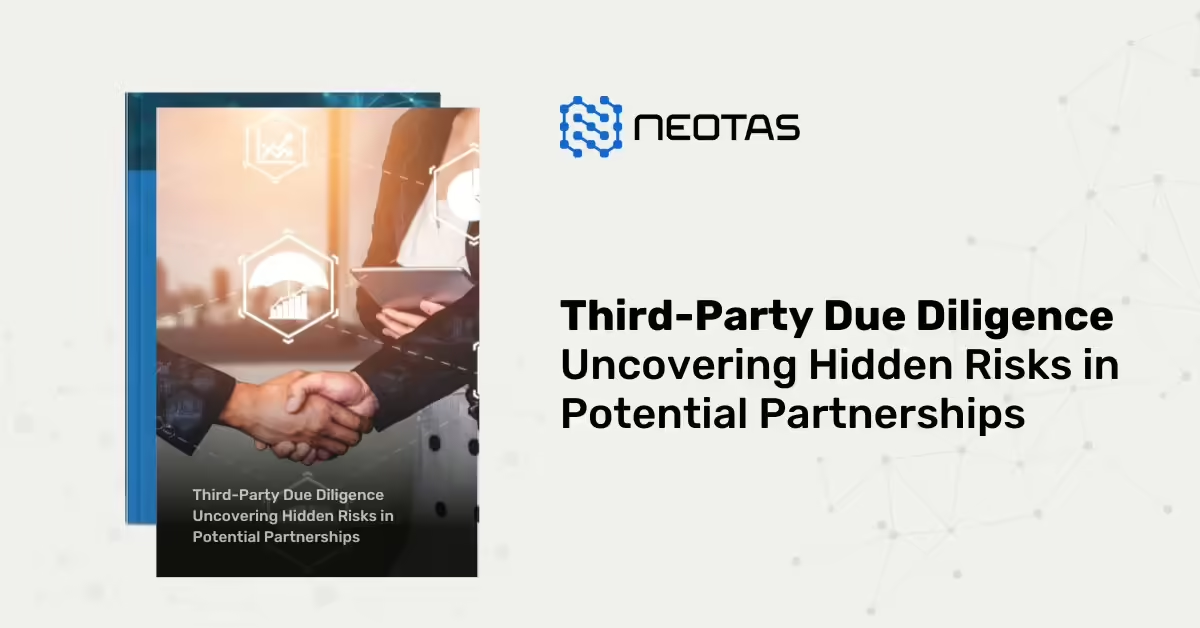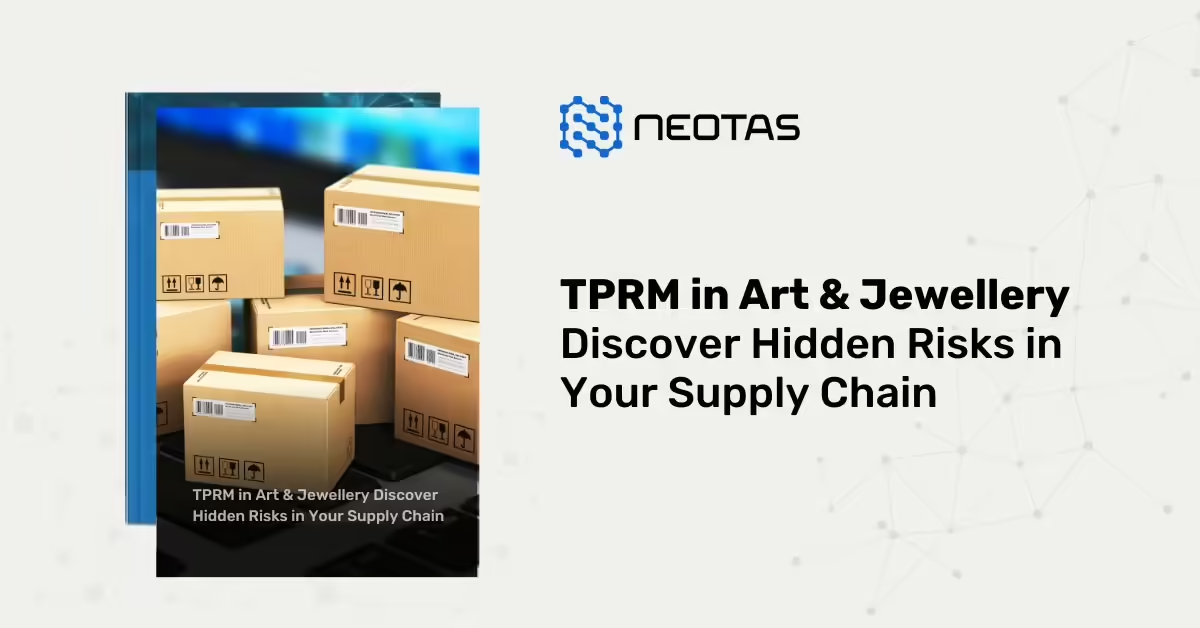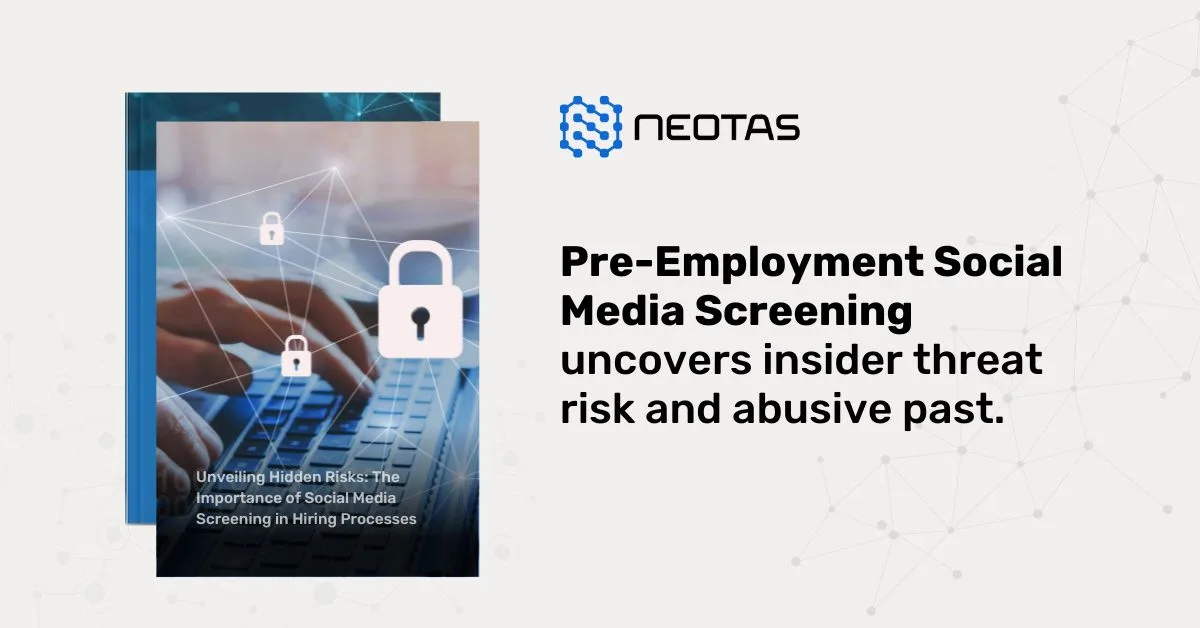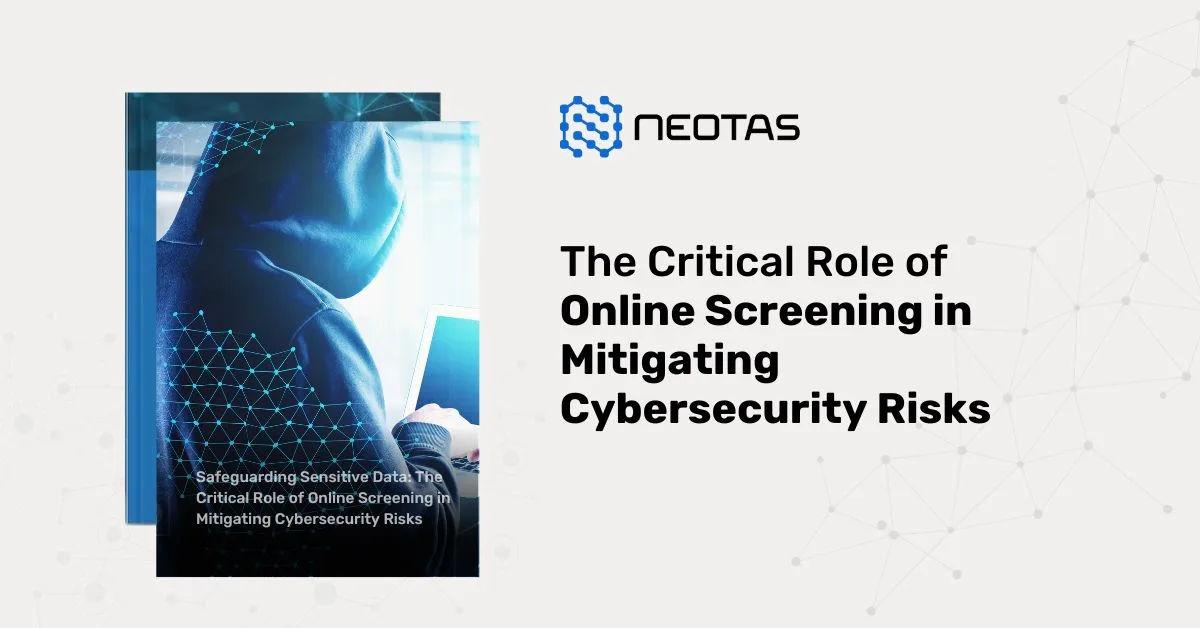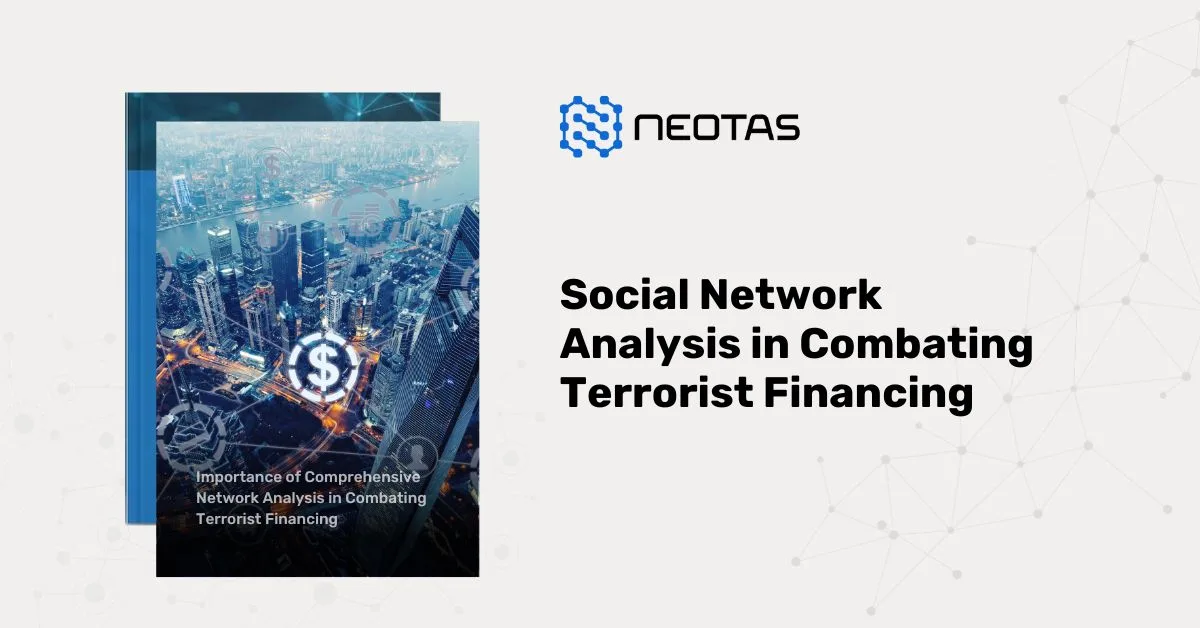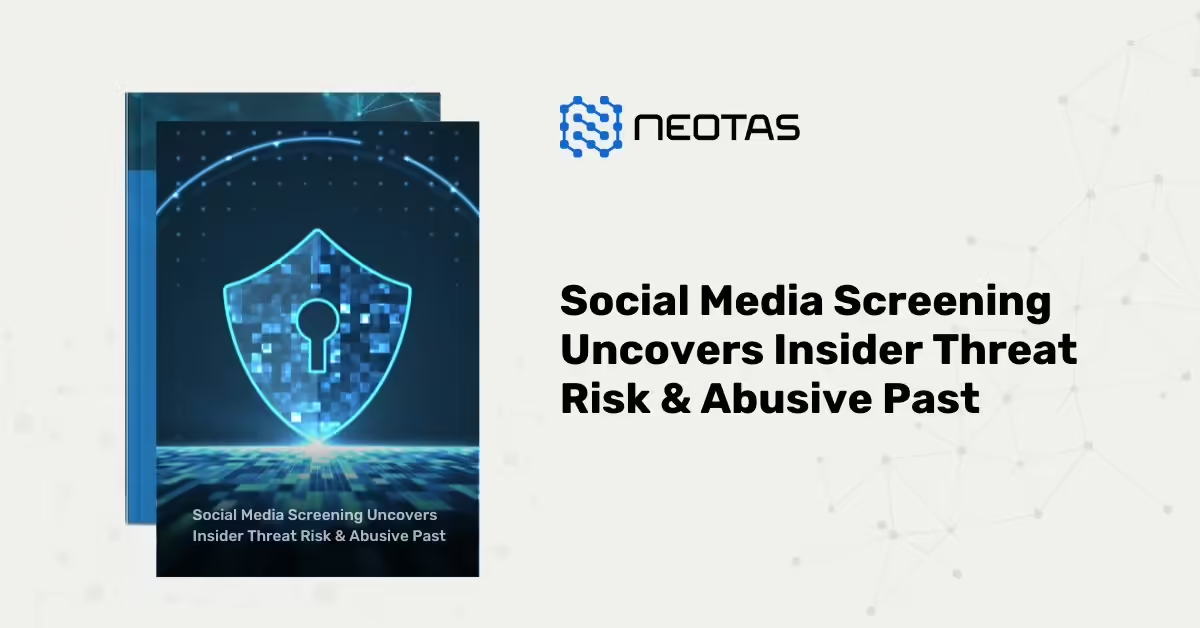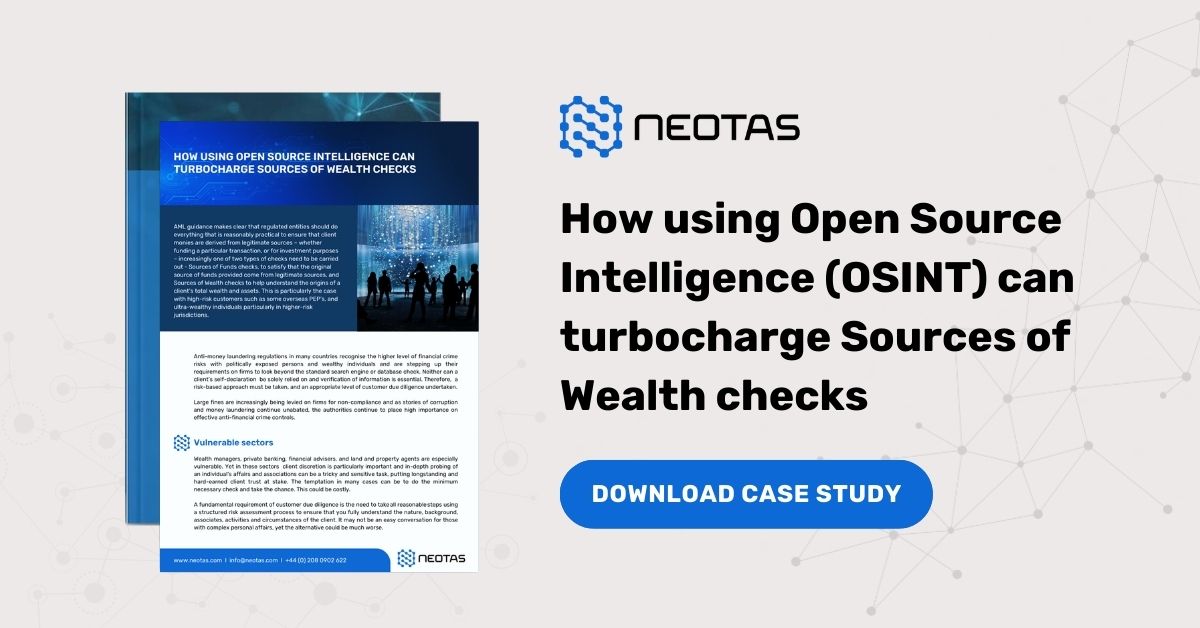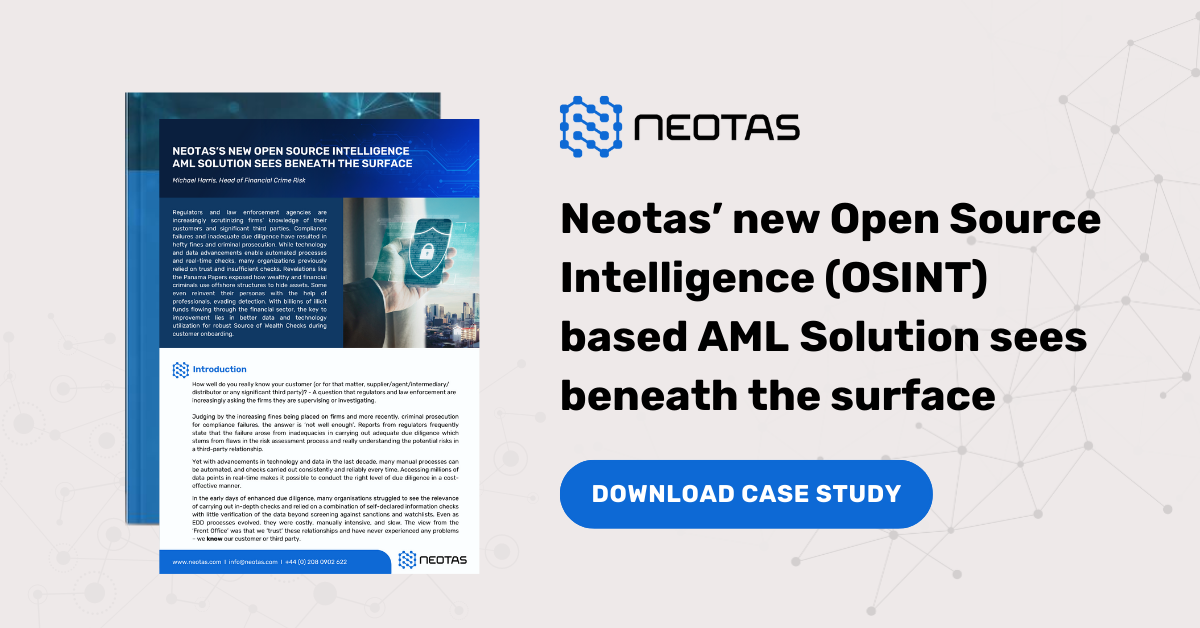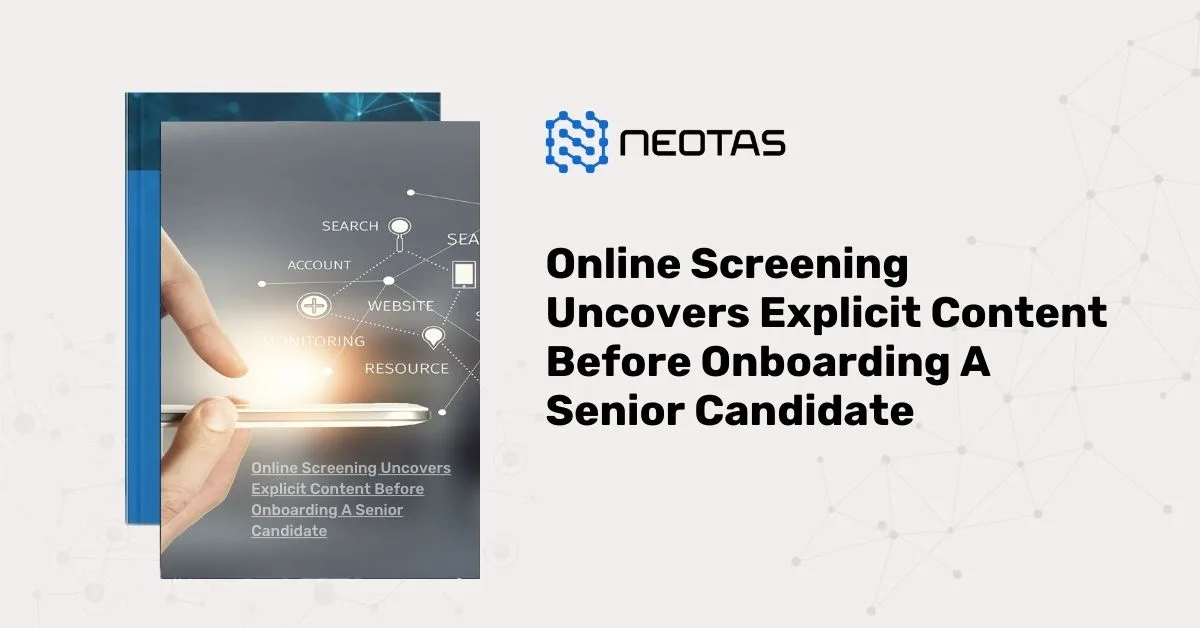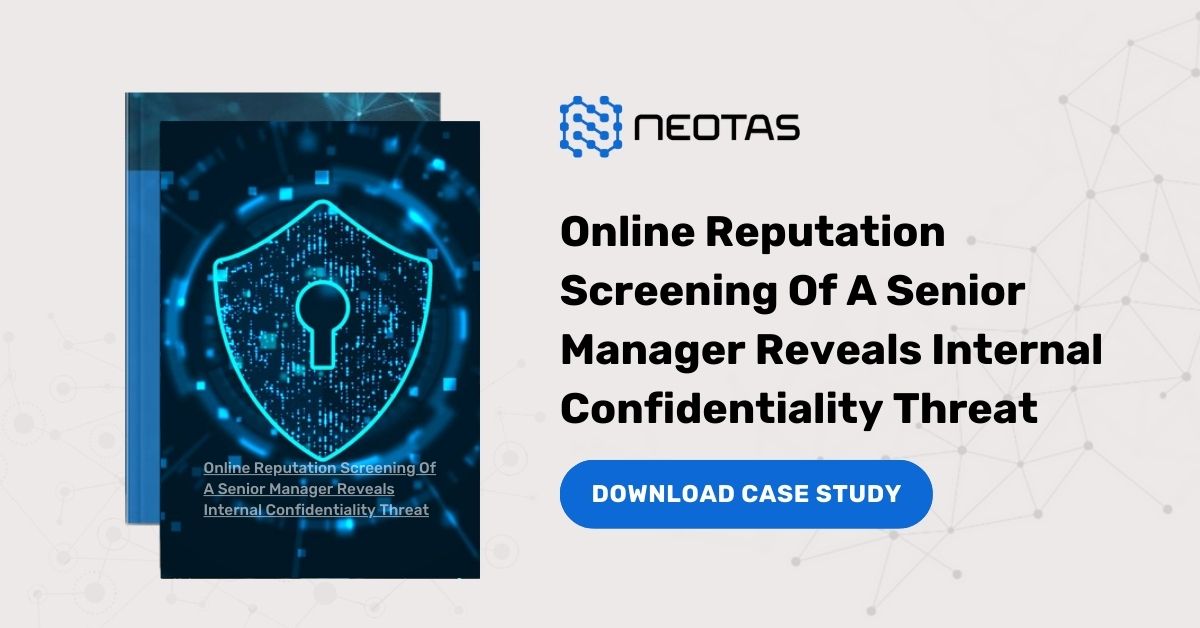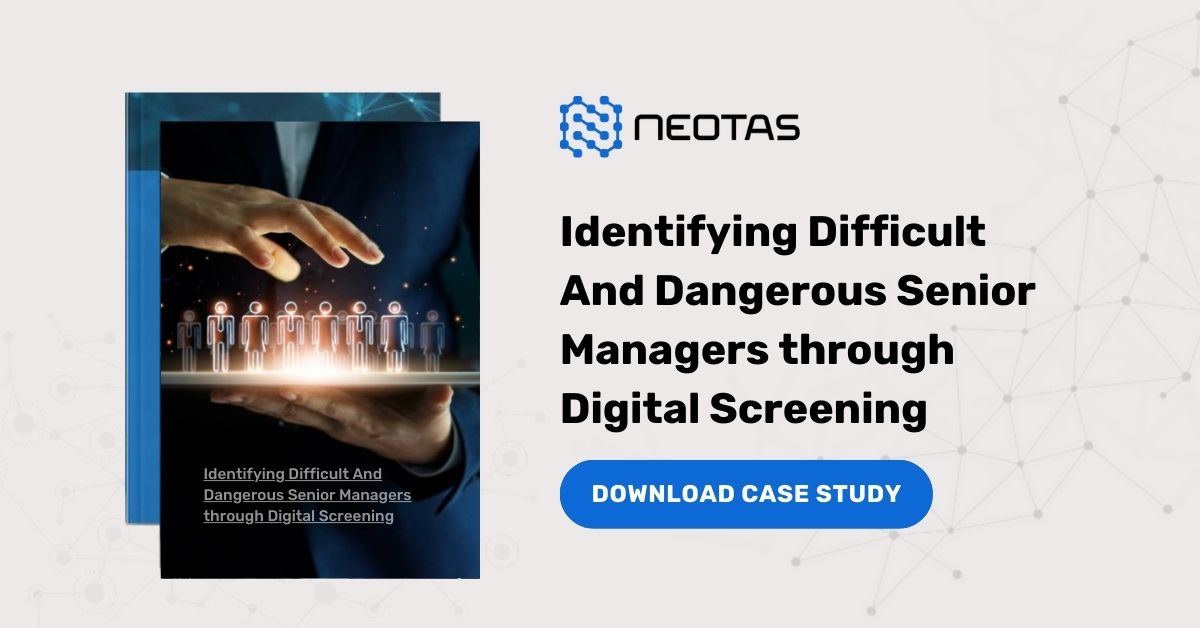Enhanced Due Diligence AML
EDD in Anti-Money Laundering (AML) Compliance
In the ever-evolving landscape of financial regulations and the ongoing fight against financial crimes, enhanced due diligence (EDD) has emerged as a critical component of effective anti-money laundering (AML) compliance programs. EDD goes beyond the standard customer due diligence (CDD) or know-your-customer (KYC) procedures, enabling organizations to take a more comprehensive and risk-based approach to mitigating the threats of money laundering and terrorist financing.
The Importance of Enhanced Due Diligence in AML
Money laundering and terrorist financing pose significant risks to the integrity of the financial system and can have far-reaching consequences for organizations that fail to detect and prevent these illicit activities. Regulatory bodies, such as the Financial Action Task Force (FATF) and national financial intelligence units, have emphasized the importance of a risk-based approach to AML compliance, where the depth and intensity of due diligence measures should be commensurate with the identified level of risk.
EDD plays a crucial role in this risk-based approach by providing organizations with a more thorough understanding of their clients, transactions, and business relationships. By conducting EDD, organizations can better identify, assess, and mitigate the heightened risks associated with higher-risk customers, complex financial transactions, or situations that exhibit red flags for potential money laundering or terrorist financing activities.
Key Components of Enhanced Due Diligence AML
Effective EDD in the context of AML compliance typically includes the following key components:
1. Risk Assessment: The process begins with a comprehensive risk assessment to identify the factors that contribute to a client’s or transaction’s risk profile. This can include evaluating the client’s industry, geographic location, ownership structure, and any potential indicators of higher risk, such as affiliation with politically exposed persons (PEPs) or involvement in high-risk businesses.
2. Enhanced Customer Information Collection: EDD requires the collection and verification of a significantly broader and more detailed set of information about the client, going beyond the standard CDD or KYC procedures. This can include financial records, ownership structures, management team details, and any other relevant sources that can provide insight into the client’s background, activities, and potential risks.
3. In-Depth Background Checks and Investigations: Rigorous background checks and investigations are conducted on the individuals and entities involved, including directors, shareholders, and key personnel. These investigations aim to uncover any potential criminal, regulatory, or reputational issues, both at the individual and organizational levels, using specialized techniques such as offshore asset searches, litigation checks, and media/social media reviews.
4. Beneficial Ownership Analysis: EDD places a strong emphasis on understanding the ultimate beneficial ownership (UBO) of a client or transaction, as this can be a critical indicator of potential money laundering or terrorist financing risks. Thorough analysis of the ownership structure, including any intermediate entities or layers, is essential.
5. Transactional Monitoring and Analysis: As part of EDD, institutions must closely scrutinize the details of transactions, including the purpose, nature, and any unusual or suspicious patterns. This ongoing monitoring and analysis can help identify potential red flags for money laundering or other financial crimes.
6. Source of Funds Verification: EDD requires a deep dive into the origin and legitimacy of the client’s wealth and funds involved in transactions. Discrepancies between the declared source of funds and the client’s overall financial profile should be probed and addressed.
7. Adverse Media and Reputational Review: Financial institutions must continuously monitor press articles, regulatory actions, and other public information sources to identify any adverse media or reputational concerns associated with the client or transaction.
8. Ongoing Monitoring and Reporting: EDD is not a one-time exercise; it requires the implementation of robust, ongoing monitoring and review processes to ensure that the client’s risk profile remains current and any changes are promptly identified and addressed. Detailed reporting on the EDD findings and recommendations is also crucial for decision-making, regulatory compliance, and demonstrating due diligence.
The Benefits of EDD in AML Compliance
By incorporating a comprehensive EDD approach into their AML compliance programs, organizations can achieve several key benefits:
1. Enhanced Risk Identification and Mitigation: EDD enables organizations to more effectively identify, assess, and mitigate the heightened risks associated with money laundering and terrorist financing, reducing their exposure to potential legal, financial, and reputational consequences.
2. Regulatory Alignment and Compliance: EDD aligns with the risk-based approach advocated by regulatory bodies, such as FATF, demonstrating the organization’s commitment to compliance and reducing the risk of penalties or sanctions.
3. Informed Decision-Making: The detailed information and analysis gathered through EDD empower organizations to make more informed decisions about client relationships, transaction approvals, and overall risk management strategies.
4. Improved Fraud Detection and Suspicious Activity Reporting: The ongoing monitoring and analysis inherent in EDD can help organizations identify and report suspicious activities more effectively, contributing to the broader efforts to combat financial crimes.
5. Reputational Protection: By conducting thorough EDD, organizations can safeguard their reputation and maintain the trust of stakeholders, such as regulators, investors, and the broader public.
In the ever-evolving landscape of financial regulations and the ongoing fight against money laundering and terrorist financing, enhanced due diligence has become an essential component of effective AML compliance programs. By embracing a comprehensive EDD approach, organizations can strengthen their defenses against financial crimes, demonstrate their commitment to regulatory alignment, and position themselves for long-term success and sustainability.


 Financial Crime Compliance Trends 2024
Financial Crime Compliance Trends 2024